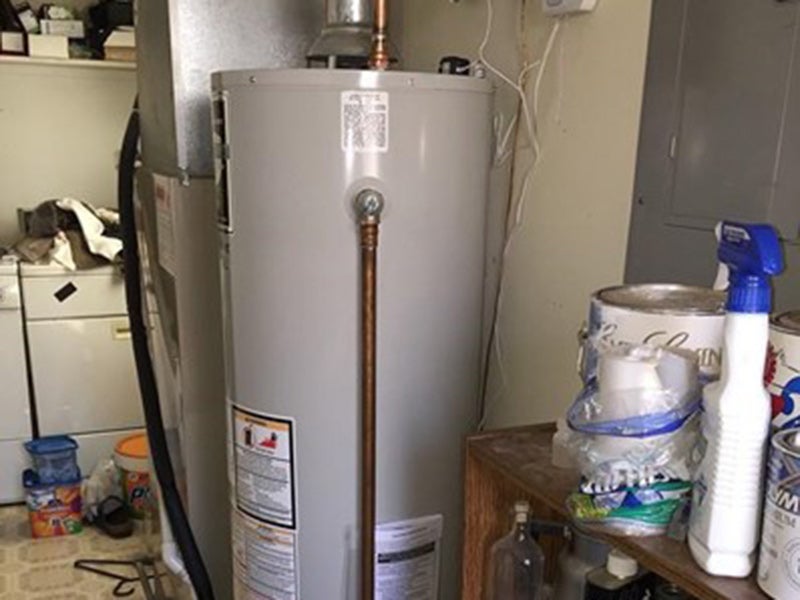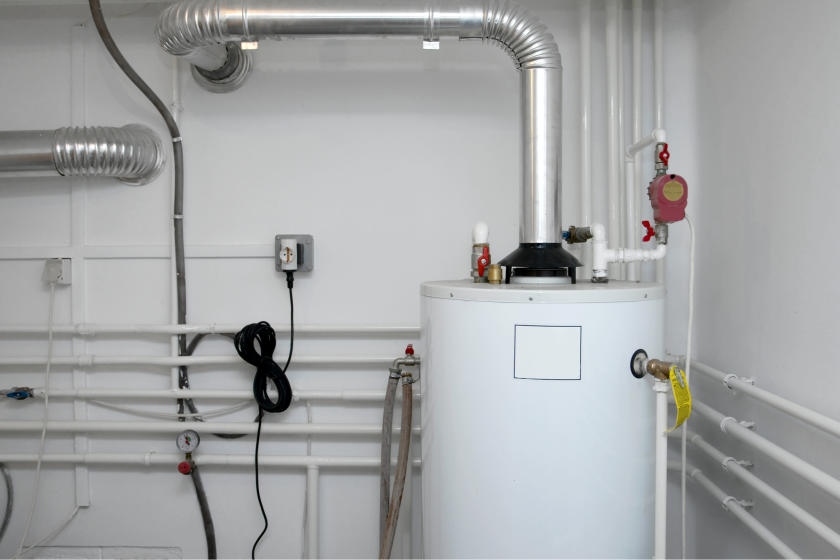Expert Guidance for Maintaining Your Home's Hot Water System
Expert Guidance for Maintaining Your Home's Hot Water System
Blog Article
Right here further down you can find a lot of worthwhile insights in relation to Water Heater Maintenance Tips You Can't Afford to Forget.

Warm water is crucial for day-to-day comfort, whether it's for a refreshing shower or washing recipes. To ensure your hot water system runs effectively and lasts much longer, routine upkeep is vital. This write-up gives practical suggestions and understandings on just how to keep your home's warm water system to stay clear of disruptions and expensive repair services.
Intro
Maintaining your home's hot water system may appear overwhelming, but with a few straightforward steps, you can ensure it operates efficiently for several years ahead. This guide covers everything from comprehending your hot water system to DIY maintenance ideas and knowing when to contact specialist aid.
Importance of Maintaining Your Hot Water System
Routine upkeep not just expands the life-span of your warm water system however likewise guarantees it operates effectively. Ignoring upkeep can bring about lowered performance, greater power costs, and also early failing of the system.
Indicators Your Warm Water System Demands Upkeep
Recognizing when your warm water system requires interest can stop major issues. Look out for indicators such as irregular water temperature level, weird noises from the heating unit, or rusty water.
Recognizing Your Hot Water System
Before diving into maintenance tasks, it's practical to recognize the standard parts of your hot water system. Typically, this consists of the water heater itself, pipes, anode rods, and temperature controls.
Monthly Upkeep Tasks
Normal monthly checks can aid capture small concerns prior to they rise.
Purging the Hot Water Heater
Purging your hot water heater gets rid of debris accumulation, enhancing effectiveness and prolonging its life.
Checking and Replacing Anode Rods
Anode rods prevent corrosion inside the tank. Inspecting and changing them when worn is vital.
Examining and Changing Temperature Settings
Adjusting the temperature level settings guarantees ideal performance and safety.
Do It Yourself Tips for Upkeep
You can do a number of maintenance tasks yourself to maintain your warm water system in top condition.
Checking for Leakages
Consistently examine pipes and connections for leakages, as these can bring about water damages and higher bills.
Examining Pressure Relief Valves
Testing the stress safety valve ensures it functions appropriately and stops extreme pressure build-up.
Protecting Pipes
Shielding hot water pipes lowers warm loss and can save power.
When to Call an Expert
While DIY upkeep is useful, some concerns need professional expertise.
Complicated Issues Calling For Expert Help
Instances include significant leaks, electric problems, or if your water heater is continually underperforming.
Regular Professional Upkeep Conveniences
Expert maintenance can consist of extensive inspections, tune-ups, and making sure compliance with safety criteria.
Final thought
Normal maintenance of your home's warm water system is vital for efficiency, durability, and cost financial savings. By following these suggestions and recognizing when to look for expert help, you can make sure a dependable supply of warm water without unexpected disturbances.
Water Heater Maintenance: The Basics
Maintaining your water heater will ensure it operates efficiently and has a longer lifespan. Neglecting regular maintenance can lead to costly repairs and an even bigger chunk of your savings if you have to replace it sooner than necessary. But there’s good news: Most water heater maintenance tasks are relatively simple and easy for homeowners with basic DIY skills.
Flush the Water Heater
Over time, sediment and minerals can build up in the tank, reducing its efficiency and potentially causing damage. To flush the tank, turn off the power or gas supply, attach a hose to the drain valve near the bottom and open the valve to drain the water until it runs clear. Ideally, flush the tank annually.
Replace the Anode Rod
The anode rod is a sacrificial metal rod that helps prevent corrosion inside the tank. Inspect and replace it every three to five years or per the manufacturer's recommendation. To replace the anode rod, turn off the power or gas supply, drain a few gallons of water from the tank, unscrew the old rod and replace it with a new one. If the anode rod is significantly corroded or covered in calcium buildup, it's a sign the water heater may need to be replaced soon.
Tune-Up
A yearly tune-up can help identify potential issues and ensure your water heater operates at peak efficiency. This typically involves checking the thermostat, burner assembly (for gas heaters) and any other components specified by the manufacturer. During a tune-up, the technician may also clean the burner and adjust the pilot light (for gas heaters) or examine the heating elements (for electric heaters).
How to Maintain Your Water Heater
Insulate the tank. Insulating the tank can improve energy efficiency and reduce heat loss, saving you money on energy bills. You can purchase precut insulation blankets designed specifically for water heaters or use standard fiberglass insulation wrapped securely around the tank. Check the temperature. The recommended water temperature for most households is around 120 degrees Fahrenheit (49 degrees Celsius). Higher temperatures can increase energy costs and potentially cause scalding. Use a kitchen thermometer to check the temperature at the faucet nearest the water heater. Monitor water pressure. Excessive water pressure can strain the water heater and cause leaks or even tank failure. Install a pressure-reducing valve if necessary. The ideal water pressure range is between 60 and 70 PSI (pounds per square inch). Test the temperature and pressure (T&P) relief valve. The T&P relief valve is a safety feature that releases pressure if the tank gets too hot or the pressure builds up too high. Test it annually by lifting the lever and allowing a small amount of water to release. Replace the valve if it doesn't release water or reseal properly. Check for leaks. Regularly inspect the tank, pipes and fittings for leaks or corrosion. Deal with issues promptly to prevent further damage. Even a small leak can lead to significant water damage over time. Consider a tankless water heater. If your traditional tank-style water heater is nearing the end of its lifespan ( typically 10 years), consider replacing it with a tankless water heater. These units heat water on demand, reducing standby energy losses and potentially saving you money on your energy bills. Schedule professional maintenance. While homeowners can perform many water heater maintenance tasks, it's still a good idea to schedule professional maintenance every few years. A plumber or HVAC technician can thoroughly inspect the unit, identify potential issues and ensure it operates safely and efficiently. https://www.homeserve.com/en-us/blog/home-improvement/hot-water-heater-maintanence/

As a devoted reader about Tips on Maintaining a Water Heater, I imagined sharing that section was beneficial. Those who enjoyed our blog post please remember to share it. We truly appreciate reading our article about How to Maintain Your Water Heater & Prolong its Life.
Visit Site Report this page